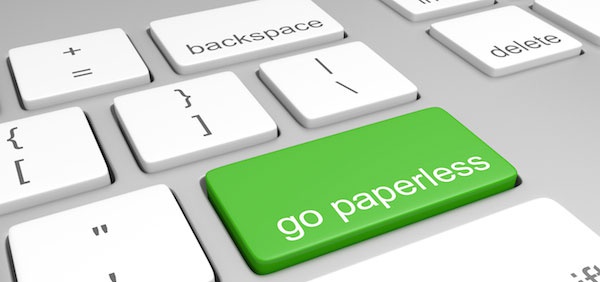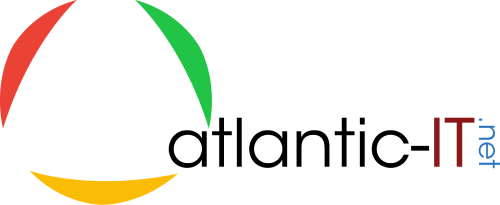Whatever Happened to the Paperless Office?

Much has been written about the “myth” of the paperless office. In the 1980s it seemed that paper would go the way of the inkwell, and all documents would become electronic.
That hasn’t happened, of course. Many organizations maintain paperwork-intensive processes and filing cabinets full of documents, particularly in the accounting, human resources and legal departments.
Concurrent studies by Wakefield Research and Infotrends bear this out. The Wakefield study, which focused on small to midsize businesses (SMBs), found that 73 percent of “owners and decision-makers” use their printing devices at least four times per day, and 49 percent of survey respondents prefer to read printed documents. According to the InfoTrends study, the average company spends $34,843 per year on printing, and a hypothetical company that prints 5,000 pages per month will spend more than $27,000 on average for printed document management.
Multifunction devices (MFDs) can help organizations reduce these costs by consolidating desktop printers, fax machines and scanners into one departmental system. MFDs combine printing, copying, faxing, scanning and digital sending capabilities in one device, providing a single, more manageable solution that improves productivity and optimizes the network. By replacing disparate office devices with MFDs, organizations can also gain advanced functionality and the ability to consolidate supplies, maintenance and support.
By bringing printing and imaging technologies into the networked IT infrastructure, MFPs can play a central role in document management strategies. MFDs can scan documents directly to email or a file folder within a user’s directory, and serve as a port of entry to complex enterprise-oriented workflow and document-sharing systems. For instance, some MFDs can store often-used files, such as forms, on an internal hard drive and use the scan capability to fill in data fields and send captured information to a database.
As a result, MFDs can have a measurable impact on productivity. According to a new IDC whitepaper, document-related challenges contribute to a 20 percent loss in productivity each year — the equivalent of more than two working months. IDC also estimate that data volumes have increased six-fold in the past five years and will continue to grow at a similar rate. The advanced functionality of next-generation “smart” MFDs can help organizations deliver and access information in a cost-effective and efficient way.
By automating diverse processes, smart MFDs can quickly deliver productivity gains for businesses. They also support the growing mobile workforce, which by 2018 will account for 75 percent of workers. These employees use their mobile devices to work from home, on the road, or on the premises of customers and business partners. As a result, smart MFDs must be able to print seamlessly from all types of mobile devices, guard against malware and security threats, and protect a company’s intellectual property through access controls.
No, paper isn’t going away anytime soon, but there are advanced devices and smart strategies that can make document-handling cheaper and more efficient. Let Atlantic-IT.net, your outsourced IT department, analyze your workflows and help you consolidate and optimize your peripheral devices.





